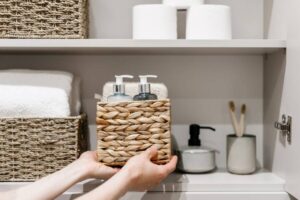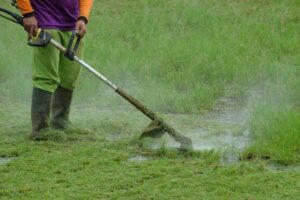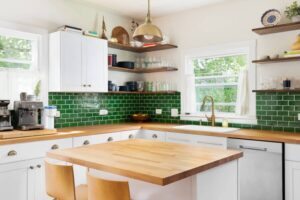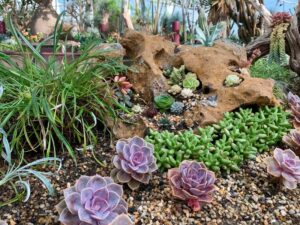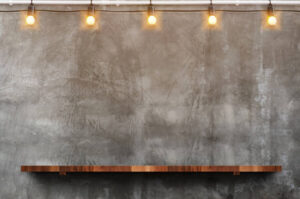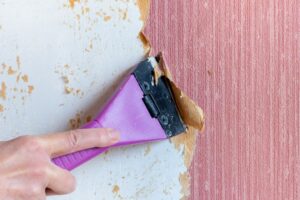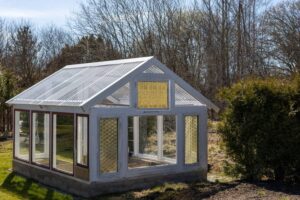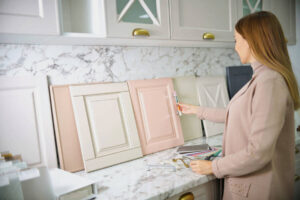
Build and Fill Your Raised Bed
Building a simple rectangular frame is a straightforward task. Use rot-resistant, untreated wood for any garden growing edible plants.
Materials and Tools
This list is for a standard 4 foot by 8 foot bed that is 12 inches deep.
- Lumber: Six 2×6 boards, each 8 feet long (untreated cedar or Douglas fir is recommended). Or use three 2×12 boards, each 8 feet long.
- Hardware: One box of 3-inch exterior-grade screws. Optional: four corner braces for extra stability.
- Pest Barrier: One 4×8 foot roll of half-inch hardware cloth to block burrowing animals.
- Tools: Tape measure, pencil, circular saw or hand saw, power drill, and a level.
Assembly Instructions
- Cut the Lumber. From two of your 8-foot boards, cut four 4-foot sections. These will be the short sides of your bed. The remaining full boards will be the long sides. If you are using 2×6 boards, you will stack two boards for each side to achieve a 12-inch depth.
- Construct the Frame. On a flat surface, arrange two 8-foot boards and two 4-foot boards into a rectangle. Ensure the corners are square.
- Secure the Corners. Drill pilot holes to prevent the wood from splitting. Drive three screws through the long board into the end of the short board at each corner. If you are stacking boards, secure them together with screws along their length. Add corner braces inside each corner for greater durability.
- Position the Bed. Move the assembled frame to its final location on top of your cardboard base. Use a level to check all sides. Add or remove soil underneath the frame as needed to make the bed level.
- Install the Barrier. Before filling, lay the hardware cloth inside the frame, flat on the ground. Bend the edges up a few inches along the interior walls and staple the cloth to the wood. This barrier is an effective defense against gophers and moles.
Fill the Bed with a Quality Soil Mix
Filling a deep raised bed with only bagged soil is expensive. Use a layering method to create a rich growing medium while managing costs. This method builds healthy soil from the bottom up.
- Layer 1: Carbon and Drainage (4-5 inches). Fill the bottom with bulky organic materials. Use small branches, twigs, wood chips, or untreated wood scraps. This layer improves drainage and slowly decomposes, releasing nutrients over time.
- Layer 2: Bulk Organic Fill (3-4 inches). Add a thick layer of shredded leaves, grass clippings, or straw. This layer will compost in place, adding valuable organic matter and structure to your soil.
- Layer 3: Growing Medium (Top 8-12 inches). This is the most important layer where plant roots will grow. Create a mix of 50 percent high-quality topsoil and 50 percent mature compost. Many local garden centers sell a blend specifically for raised beds. Your local Cooperative Extension service is a good resource for regional soil advice. For example, NC State Extension offers soil management guides.
After filling, water the bed thoroughly. The soil level will settle. Add more of your topsoil and compost mix until the bed is full.


